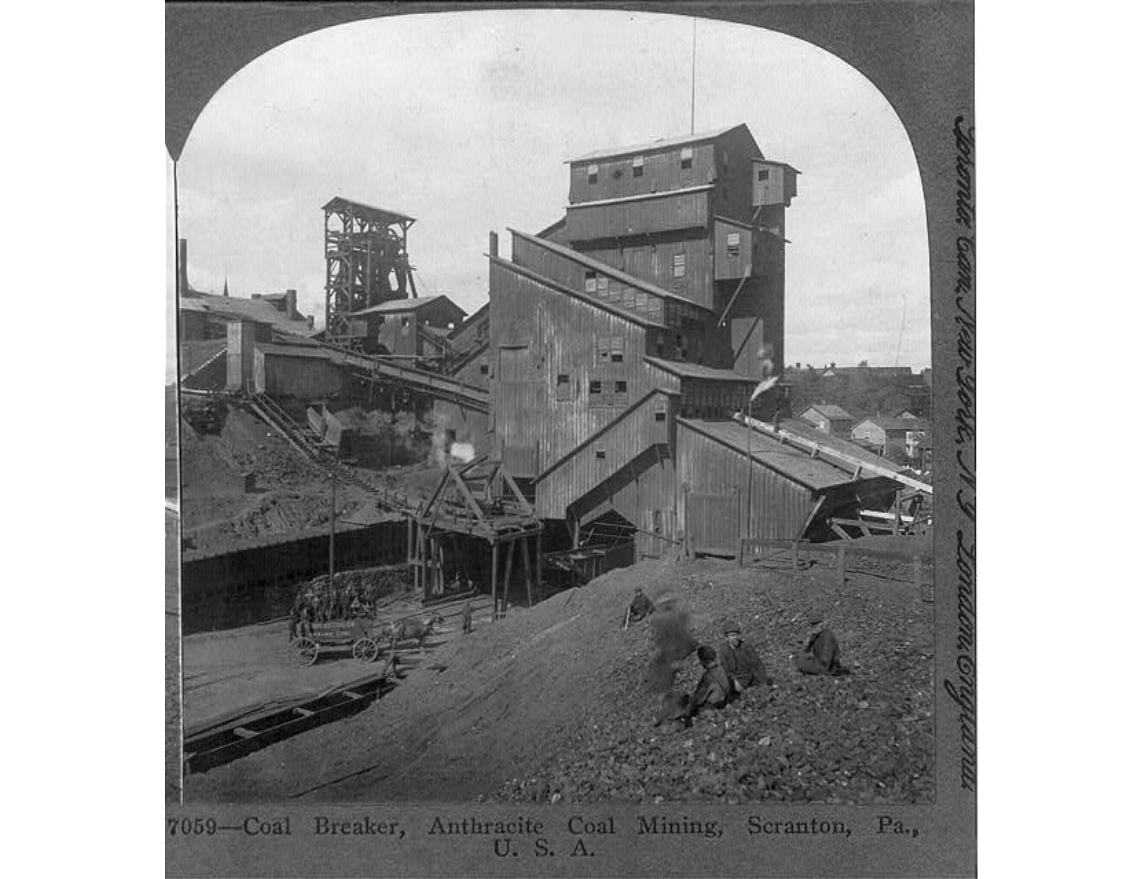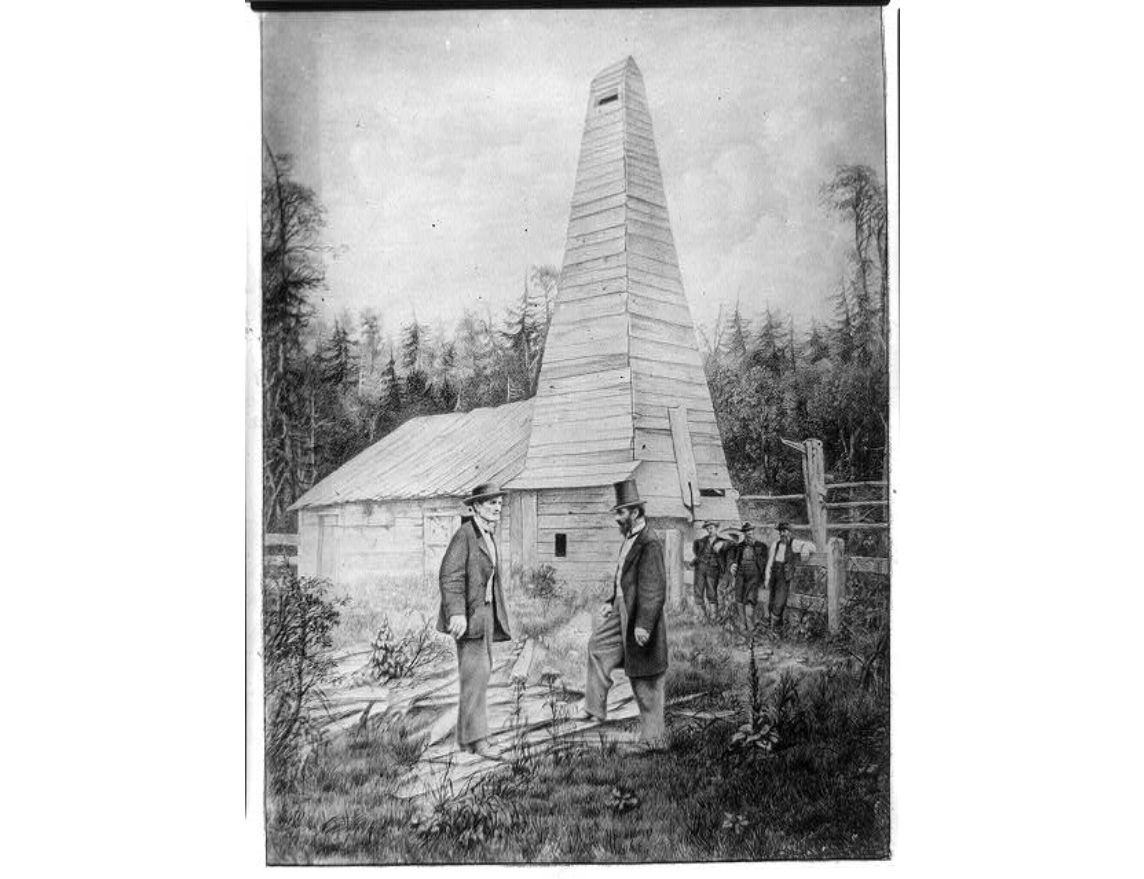Written by guest blogger, Andrew Watson.
I don’t think it’s too much of a cliché to say that most of us have only the vaguest idea what the origins are of the energy we consume on a daily basis. Many of us living in the world’s industrialized countries have it hammered into our daily lives that we should turn the lights off when we leave a room, that we shouldn’t leave the front door open on a cold day, and that we shouldn’t leave the engine idling. Doing these things is a “waste,” so we’re “saving” energy (and money). We’re concerned about an abstraction, but not because we appreciate its true form.
In my introduction to the CJH/ACH special issue on the Material Realities of Energy Histories, I used Plato’s simile of the cave to convey the veil that shrouds our understanding of energy in the 21st century. In his parable, Plate describes prisoners in a cave who have never known any other life. Their gaze is fixed on a wall. Behind them, a light casts shadows on the wall, and the prisoners are convinced that these images are the objects themselves. It is only upon their release and ascendance to the surface that the prisoners come to understand the difference between the shadows dancing on the wall of the cave and the true form of the world.
The phenomenal power of fossil fuels has led us into the false perception that energy is, to quote Christopher F. Jones, “profoundly immaterial.” As Jones argues in his contribution to this special issue, “The Materiality of Energy,” we use so much energy today that we somehow don’t even notice. How is this possible? Under what historical circumstances has the industrialized (and industrializing) world come to detach energy consumption from most knowledge about its origins?
 Figure 1: Coal breaker, anthracite coal mining, Scranton, Pa. Source: Library of Congress
Figure 1: Coal breaker, anthracite coal mining, Scranton, Pa. Source: Library of Congress
In the opening article of the special issue, Jones lays out two useful types of arguments that historians of energy should consider in beginning to answer this question. First, modern energy regimes are shaped by the material realities of energy delivery infrastructure. Using oil and coal in the eastern United States as case studies, Jones explains how important it was that pipelines and canals had very different influences over energy pathways. Second, the materiality of an energy source fundamentally influences its production and consumption. Using anthracite coal as an example, Jones reveals that the transition from one fuel to another is never inevitable, but mediated by human negotiation with physical properties of competing fuels.
 Figure 2: The first oil well. Reproduction, copyrighted in 1890, of a retouched photograph showing Edwin L. Drake, to the right, and the Drake Well in the background, in Titusville, Pennsylvania, where the first commercial well was drilled in 1859 to find oil. Source: Library of Congress
Figure 2: The first oil well. Reproduction, copyrighted in 1890, of a retouched photograph showing Edwin L. Drake, to the right, and the Drake Well in the background, in Titusville, Pennsylvania, where the first commercial well was drilled in 1859 to find oil. Source: Library of Congress
Jones prompts us to grapple with material questions. Energy histories can help us understand the material realities of what are largely abstract understandings. Released from the belief that the material realities of our energy systems and experiences stop at the gas pump, or the light switch, or the thermostat, energy historians (like the ones featured in this special issue) can help society break free of those bonds and turn to see the fire burning behind us.
Banner: Oil rig at Titusville, Pa. Source: Library of Congress
Read the Editor’s Note in the latest issue of CJH as well as Christopher F. Jones’s article The Materiality of Energy, both free to read for a limited time here.

